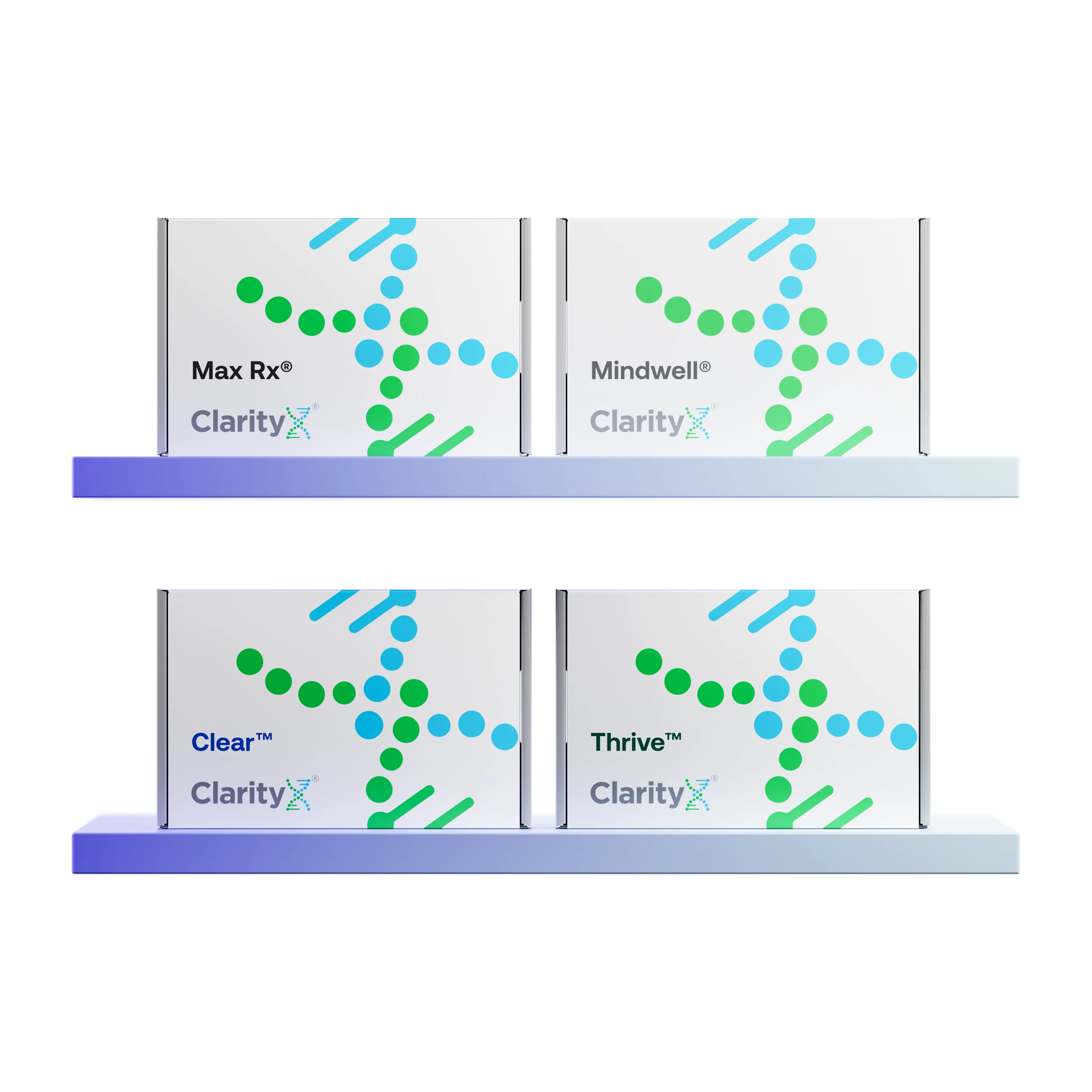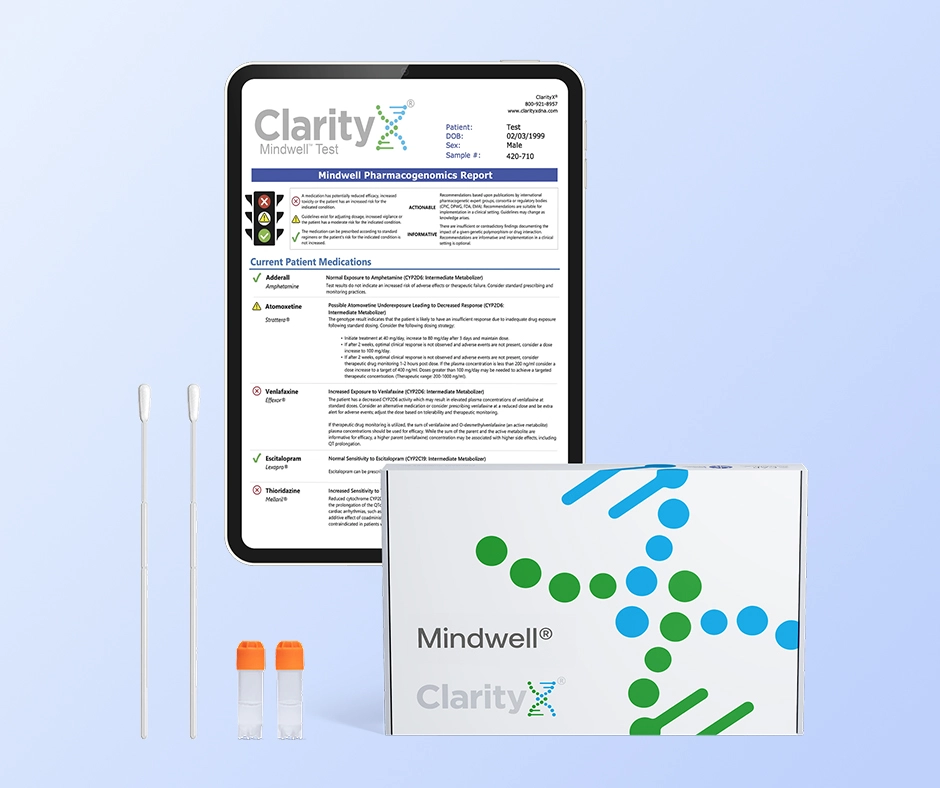Key Highlights
- Meloxicam and naproxen are types of NSAIDs that help with pain relief, especially for conditions like rheumatoid arthritis and osteoarthritis.
- When it comes to potency and how long they last, meloxicam is seen as stronger and can be taken less often than naproxen.
- With meloxicam, there's a bit less worry about stomach-related side effects when compared to naproxen. However, the downside is it might increase the risk of heart issues more so than naproxen does.
- Before starting on either meloxicam or naproxen, talking to a healthcare provider is crucial because these medications could react with other drugs you're taking.
- Deciding whether meloxicam or naproxen suits someone best depends largely on their medical history and what specific health issue they have.
Introduction
Meloxicam and naproxen are both non-steroidal anti-inflammatory drugs (NSAIDs), which people often use to ease pain from conditions like rheumatoid arthritis and osteoarthritis. Even though they're part of the same drug family, it's important to note that how well they work and their side effects can vary. In this blog post, we'll compare meloxicam and naproxen to see which one might be better depending on individual needs.
Understanding NSAIDs: A Foundation
NSAIDs, short for nonsteroidal anti-inflammatory drugs, are medicines that many people use to ease pain and reduce swelling. They're really common for treating arthritis because they help with joint pain and inflammation by blocking prostaglandins, chemicals in the body that contribute to pain and swelling.
NSAIDs provide great relief for conditions like arthritis, where joints hurt and swell. But these meds are not just for arthritis; they also help with menstrual cramps, sore muscles, and headaches. You can swallow them as pills or rub some NSAIDs (e.g., diclofenac) onto your skin using gels or creams.
However, taking NSAIDs isn't right for everyone. Before starting them, talking to a healthcare provider is important because there could be side effects or issues when mixed with other medications you might be taking.
The Role of NSAIDs in Pain Management
NSAIDs can be helpful in dealing with pain, especially if you're managing problems like arthritis, which causes your joints to swell up and hurt. Arthritis occurs when one or more of your joints get inflamed, making them stiff and painful, which can affect how well you move around. Two basic kinds of arthritis are osteoarthritis and rheumatoid arthritis.
Osteoarthritis is all about wear and tear, as cartilage and joint tissues break down over time. When this happens, bones start grinding against each other, causing a lot of pain and stiffness where they meet. Rheumatoid arthritis is kind of like your body getting its wires crossed—its immune system attacks the joints by mistake, leading to swelling and damage.
For folks dealing with osteoarthritis or rheumatoid arthritis, NSAIDs come in really handy because they reduce the pain and inflammation these conditions cause. They help keep joint movement smoother so people can keep moving and living their lives.
Meloxicam and Naproxen in the Landscape of NSAIDs
Meloxicam and naproxen are two drugs often used to help with pain management. They're both good at easing pain and calming down swelling, but there are some important differences between them.
Meloxicam is a drug you can only get if your doctor prescribes it for you. It's also known by the brand name Mobic. Doctors usually give it to adults and kids over 2 who have arthritis-related pain. On the other hand, naproxen is easier to access since you can find it over-the-counter as Aleve or with a prescription at higher doses under the name Naprosyn. Besides helping with arthritis pain and swelling, naproxen works well for menstrual cramps and gout too.
When trying to decide whether meloxicam or naproxen is better for you, talking to a healthcare provider is crucial. They'll look into your medical history and any health conditions you might have before suggesting which one could be more effective based on how severe your pain is, among other things.
Diving Deep into Meloxicam
Meloxicam is an NSAID, a medicine people use to ease pain like arthritis. It is commonly used to treat osteoarthritis or rheumatoid arthritis in adults and juvenile rheumatoid arthritis in children at least 2 years old. Meloxicam can be taken as tablets, capsules, and liquids. How much meloxicam someone needs to take depends on factors like age and severity of pain.
How Meloxicam Works for Pain and Inflammation
Meloxicam helps by inhibiting COX-1 and COX-2 enzymes. These enzymes are behind the production of prostaglandins, which cause swelling and pain in our bodies. When meloxicam blocks these enzymes, there is less prostaglandin, leading to less inflammation and pain.
Key Benefits and Considerations When Using Meloxicam
Meloxicam works well for easing pain and reducing swelling, but it's important to consider the benefits along with the possible side effects and other factors before you decide to use it.
A special thing about meloxicam is that it seems to target COX-2 more than COX-1 when you take small doses. Since COX-1 is important for keeping the stomach safe, focusing on COX-2 allows meloxicam to ease pain and cut down on swelling while lowering the risk of developing stomach ulcers compared with other NSAIDs.
It’s crucial to remember that meloxicam can increase the risk of heart problems. So, if you have issues with high blood pressure or any heart conditions, it’s important to discuss this with your healthcare providers.
For those with kidney troubles, caution is important when using meloxicam because it could make kidney function worse. It’s really important to discuss any existing kidney problems with your healthcare provider before starting treatment with meloxicam.
Exploring Naproxen's Effectiveness
Naproxen is a commonly used NSAID for easing pain and reducing swelling. You can get it with a doctor's prescription as Naprosyn or just pick it up from the store shelf as Aleve. It's really good at tackling discomfort from arthritis, period pains, and gout.
Just like meloxicam, naproxen stops prostaglandins that contribute to inflammation and pain. But before you decide to use naproxen, it's wise to think about any possible side effects or how it might mix with other meds you're taking.
Mechanism of Action: How Naproxen Alleviates Pain
Naproxen works by slowing down prostaglandin production, limiting the ability of prostaglandins to contribute to pain and swelling. It does this by blocking two enzymes called COX-1 and COX-2 that help make prostaglandins. Because it blocks both enzymes without choosing one over the other, naproxen is really good at providing pain relief and reducing inflammation. However, because of its way of working on both enzymes equally, there's a higher chance you might experience stomach-related side effects.
Advantages and Downsides of Choosing Naproxen
Naproxen is a good choice for easing pain, especially from arthritis, menstrual cramps, and similar issues. It can be obtained with or without a doctor's prescription, which makes it relatively easy to obtain.
It’s important to note that taking naproxen might lead to some stomach troubles like ulcers and bleeding. If you've had problems with your stomach before or are more likely to get stomach ulcers, you might want to think about other ways to manage your pain. Also, while naproxen may carry a lower risk of contributing to cardiovascular disease compared with other NSAIDs, it’s still important to discuss cardiovascular risk with your healthcare providers.
Meloxicam vs Naproxen: A Comparative Analysis
After examining how meloxicam and naproxen work individually, it's time to compare them. Both medications do a good job of easing pain and cutting down on swelling. But when you compare them, meloxicam is sometimes considered to be stronger and lasts longer than naproxen. This means you may need comparatively lower doses and don't have to take it as often.
When choosing between the two, it's important to consider possible side effects and drug interactions. Your personal health details play a big role in this choice. Talking with a healthcare provider can help you determine which one is better for your particular situation based on your medical history.
Efficacy in Treating Conditions: Which Comes Out on Top?
Research across a number of studies has, overall, found that both meloxicam and naproxen are effective in managing both osteoarthritis and rheumatoid arthritis.
For example, one clinical study involving adults with rheumatoid arthritis found that meloxicam was just as effective as naproxen in reducing pain. Another study in children with juvenile idiopathic arthritis found that meloxicam's short- and long-term safety and efficacy were comparable to naproxen.
Overall, the choice between meloxicam and naproxen may depend on individual factors like the severity of the condition and the patient's medical history. It is important to consult with a healthcare provider to determine the most suitable option.
Side Effects and Safety Profile: What You Need to Know
Both meloxicam and naproxen have their own set of side effects and things you need to think about before taking them. With meloxicam, there's less chance you'll run into stomach issues like ulcers or bleeding compared to naproxen. However, if cardiovascular problems are a concern for you, especially heart failure, heart disease, or stroke, then being careful with meloxicam is critical because it might increase the risk of cardiovascular disease.
On the other hand, using naproxen could lead to more stomach-related problems, such as ulcers and bleeding.
Both medications can pose a risk to kidney function, particularly for those already managing reduced kidney function.
Before deciding on either medication—meloxicam or naproxen—it's really important to chat with a healthcare provider about any medical issues already going on and weigh up potential side effects together.
Real-World Applications: When to Use Meloxicam or Naproxen
Choosing between meloxicam and naproxen isn't a one-size-fits-all situation. It really comes down to talking it over with your healthcare provider. They'll look at what's going on with you specifically, like any health issues you've had in the past or anything else that makes your case unique, to figure out which option is better.
For instance, if there's a big chance of stomach problems from taking these meds, meloxicam might be the safer bet because it tends not to be as harsh on the stomach. On the other hand, for someone who has dealt with heart disease before, naproxen could be the way to go.
Your healthcare provider will consider all this and may recommend one medication over another based on research and how well they've been shown to work for the condition you’re managing.
Best Practices for Taking Meloxicam
For those taking meloxicam, especially if you're dealing with osteoarthritis or rheumatoid arthritis, here's how to use it safely and get the best results:
- Always follow your healthcare provider's instructions regarding how much meloxicam you should take. 7.5 mg once a day is usually enough for adults starting out, but depending on your situation, this can go up to 15 mg daily.
- Before jumping into treatment with meloxicam, make sure your doctor knows about any health issues you already have, like stomach ulcers, kidney disease, or cardiovascular disease, because these conditions could influence how much medicine you should be taking.
- If meloxicam makes your stomach hurt or causes nausea, try having it with food or milk. This might help ease those uncomfortable feelings. It’s important to note that taking NSAIDs with food does not reduce the risk of stomach ulcers.
- Regular checks on blood pressure are important while on this medication since there's a chance it could increase your blood pressure.
- Remember, it's crucial not to exceed the dose recommended by your doctor because doing so increases the risk of unwanted side effects.
Guidelines for Naproxen Usage
To make sure you're using naproxen safely and effectively, here's what you need to do:
- Follow your healthcare provider's instructions when taking naproxen. For different issues like rheumatoid arthritis, osteoarthritis, and general pain that's not too severe, the amount you take could be between 250 mg to 500 mg every 12 hours.
- Before starting on naproxen, people with heart disease or those who might be at a higher risk of developing cardiovascular disease should talk to their healthcare provider. This medication can sometimes increase the chances of having cardiovascular problems, including stroke.
- If taking naproxen makes your stomach upset or uncomfortable, try having it with some food or milk. This will not reduce the risk of stomach ulcers but may help reduce temporary stomach upset or nausea.
- Let your healthcare provider know if you've ever had stomach ulcers or bleeding in your digestive system before beginning treatment with naproxen, as it could raise the risk of these issues happening again.
- It’s crucial always to stick to the dosage and duration of treatment your healthcare provider recommends since going over these limits may lead to a higher likelihood of negative side effects.
Understanding Drug Interactions and Contraindications
When you're taking meloxicam or naproxen, it's really important to keep an eye out for any drug interactions and things that shouldn't go together. These issues can change how well these medicines work and their safety:
- Some drugs, like selective serotonin reuptake inhibitors (SSRIs) and methotrexate, might not get along well with meloxicam and naproxen. This could lead to more side effects like bleeding.
- Before starting these medications, make sure your healthcare provider knows about everything else you're taking. This includes things from the pharmacy, herbal supplements, and vitamins to prevent any harmful interactions.
- If you already know that meloxicam, naproxen, or similar medications like aspirin don't suit you because of allergies or sensitivities, it's best to avoid them, as allergic reactions are possible.
- For those who are on blood thinners or certain heart meds, using meloxicam and naproxen should be done carefully. Always do this under a doctor's watchful eye to avoid unwanted drug interactions. In many cases, NSAIDs must be avoided entirely by those using blood thinners.
- You can always have a pharmacogenomic test done to determine the best medication for you based on your genetics, while avoiding the trial and error of starting new medications.
By keeping all this in mind, you'll help ensure your treatment goes as smoothly as possible without running into trouble with adverse effects or other medication problems
Potential Interactions with Other Medications
When you're taking meloxicam or naproxen, it's really important to know they might not play well with some other meds. This can lead to more side effects than you'd want. Here’s what could happen:
- With drugs called SSRIs, which folks use for depression and anxiety, meloxicam can make bleeding more likely. If someone is using these together, their doctor will need to keep a close eye on them.
- For those dealing with rheumatoid arthritis and using methotrexate, mixing this with meloxicam or naproxen could increase the chances of having too much methotrexate in your body. Doctors usually check blood work and liver health regularly if you’re using these medications.
- It's crucial to tell your healthcare provider about everything you're taking—even vitamins or herbal supplements—so they can help avoid any nasty drug interactions. They'll guide you on how best to use meloxicam, naproxen, and whatever else is prescribed.
By staying informed about potential drug interactions, especially concerning conditions like arthritis, and being open with your healthcare provider about all the medicines in your routine, including supplements, managing adverse effects becomes smoother, ensuring safer treatment paths.
This is especially important when considering the use of common pain relievers like meloxicam and naproxen, as they can have potential interactions with other medications such as antidepressants, warfarin, and methotrexate. It is important to consult with a healthcare professional before taking NSAIDs if you are also taking these medications to avoid serious side effects such as increased risk of bleeding.
When considering treatment options your genetics can also play a vital role in determining which medications will be best suited for you. A simple test can help reduce the trial and error process associated with finding the right medication. Find out more by visiting www.clarityxdna.com
Who Should Avoid Meloxicam and Naproxen?
Some people really need to steer clear of taking meloxicam or naproxen because they might not be safe for everyone. Before you start taking them, it's a good idea to have a chat with your healthcare provider about your medical history:
- If you're allergic or sensitive to meloxicam or naproxen, it's best to avoid them.
- For those dealing with heart failure or serious kidney disease, stay away from these meds as they could make things worse.
- Both meloxicam and naproxen can be harmful to an unborn child during pregnancy.
- Anyone who has had issues like stomach ulcers or bleeding in their digestive tract needs to be extra careful with these drugs; they can increase those risks.
- Talking over any health problems you've got before starting on meloxicam or naproxen is crucial. This way, your healthcare provider can help figure out if either drug is okay for you based on what’s going on with your body.
Conclusion
To wrap things up, it's really important to know how Meloxicam and Naproxen differ when you're trying to make a smart choice about managing pain. Both of these are good at what they do as NSAIDs, but the way they work, their benefits, and the side effects aren't the same. Think about what your body needs specifically and talk with a doctor before deciding which one is right for you. Making sure that safety is considered is critical. Always stick to the amount your doctor tells you to take and keep an eye out for any unwanted reactions so you can stay on top of your health game.
Frequently Asked Questions
Can Meloxicam and Naproxen be used interchangeably?
Meloxicam and naproxen, both pain relief drugs falling under NSAIDs, shouldn't be swapped without a word with your healthcare provider. It's important because things like what conditions you have, your medical history, and how these meds might mix with others need to be looked at closely before making any changes between them.
How do Meloxicam and Naproxen affect kidney function?
For folks who already have kidney issues or whose kidneys aren't working as well, taking meloxicam and naproxen might not be the best idea. These drugs can reduce the amount of blood going to your kidneys, which could cause more problems or worsen existing issues. It's all about keeping those kidneys in good shape since they play a big part in our health.
Are there any long-term risks associated with Meloxicam or Naproxen use?
If you're thinking about using meloxicam or naproxen for a long time, it's worth knowing that they come with some risks. Meloxicam might be more likely to cause problems related to the heart. On the other hand, naproxen could make you more prone to issues in your stomach and intestines. It's really important to have a chat with a healthcare provider before deciding on these medications for long-term use.
What should I do if I experience severe side effects from either medication?
If you're taking meloxicam or naproxen and start having really bad side effects, it's crucial to stop using the medicine right away. You should get in touch with your healthcare provider or head straight to the closest emergency room if things like trouble breathing, serious allergic reactions, or any other worrisome signs show up.
https://www.accessdata.fda.gov/drugsatfda_docs/label/2012/020938s022lbl.pdf
https://www.accessdata.fda.gov/drugsatfda_docs/label/2017/017581s113,018164s063,020067s020lbl.pdf
https://www.ncbi.nlm.nih.gov/books/NBK549795/
https://www.ncbi.nlm.nih.gov/pmc/articles/PMC8143590/
https://www.ncbi.nlm.nih.gov/books/NBK548278
https://pubmed.ncbi.nlm.nih.gov/20031832/
https://www.ncbi.nlm.nih.gov/books/NBK549795/






